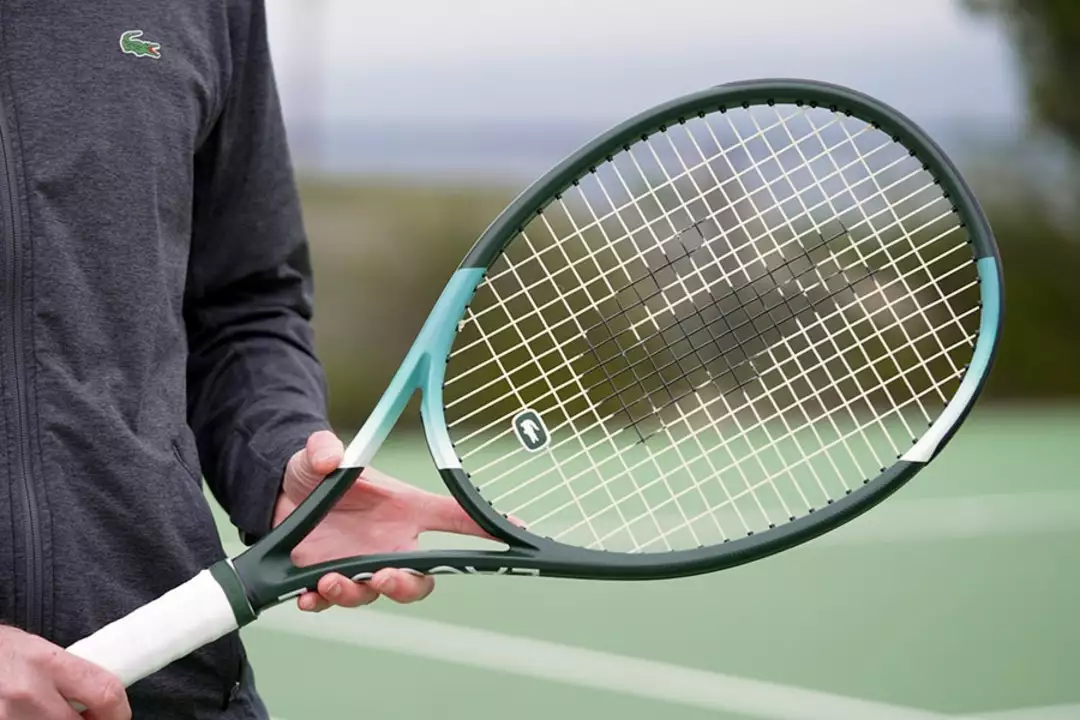Racket Guide: Picking the Right Gear for Tennis and Table Tennis
If you’re on a Wimbledon court or a local garage table, the racket you hold can change the whole game. A heavy swing, a crisp volley, a sharp spin – all depend on how the racket fits your hand and style. Below you’ll find the basics that help you decide without scrolling through endless reviews.
Key Factors When Choosing a Tennis Racket
First, think about weight. A lighter racket (around 260‑280 g) lets you swing faster, which is great for baseline players who love topspin. Heavier frames (300 g+) give more power on serve but can tire your arm quicker. Test a few by holding them up for a minute; you should feel balanced, not lopsided.
Head size matters too. A larger head (100‑105 sq in) enlarges the sweet spot, forgiving off‑center hits – perfect for beginners or doubles players. Smaller heads (95‑98 sq in) provide tighter control for advanced baseliners who shape every shot.
Next, balance point. Head‑heavy rackets add power on groundstrokes, while head‑light models boost maneuverability at the net. If you like rush‑in volleys, go head‑light; if you stay deep, head‑heavy can give you extra push.
Don’t forget string pattern. A dense 18x20 pattern holds the ball longer, giving control for precise placement. An open 16x19 or 16x18 pattern lets the ball spin more, ideal for aggressive topspin players. Pair the pattern with the right tension – tighter strings for control, looser for spin.
Table Tennis Paddle Basics
Table tennis paddles (or rackets) have two main parts: the blade and the rubber. The blade’s material – usually wood, carbon, or a mix – decides speed and feel. Pure wood feels softer and gives you better touch; carbon layers add speed without sacrificing too much control.
Rubber comes in two flavors: inverted (smooth) for spin and pimpled (pips) for speed and block. If you love looping and heavy topspin, choose a high‑grip inverted rubber. If you prefer fast attacks and flat hits, short pips or anti‑spin rubbers work better.
Grip size is often overlooked but can be a game‑changer. Measure the distance from your palm’s base to the tip of your middle finger; the paddle’s handle should feel snug, not cramped. Most players use a shake‑hand grip, but the penhold style needs a shorter handle for better wrist freedom.
Finally, think about blade thickness. Thinner blades (around 5 mm) give you quick feedback, helping with delicate placements. Thicker blades (6‑7 mm) add power for smash‑heavy play. Try a few at a local club; the right combo feels like an extension of your arm.
Whether you’re gearing up for a Wimbledon match or a weekend table tennis tournament, the right racket makes practice feel smoother and matches more enjoyable. Stick to these basics, test a few options, and you’ll find the gear that matches your swing, spin, and style. Happy playing!
